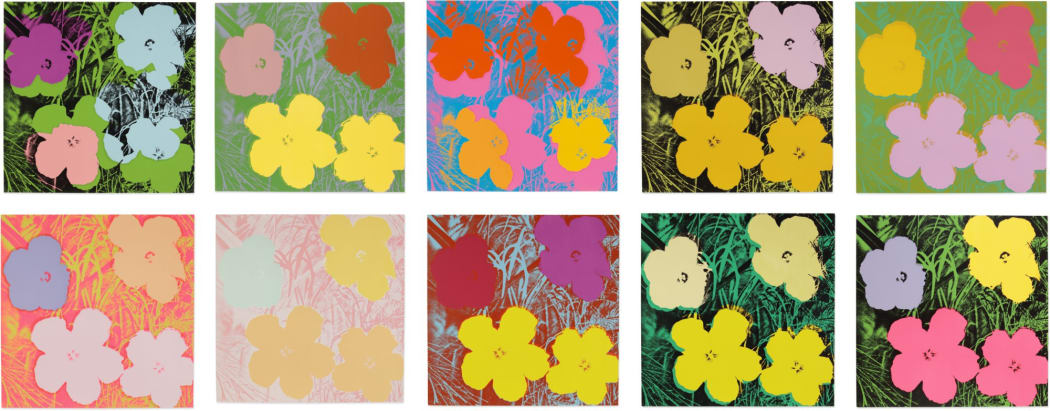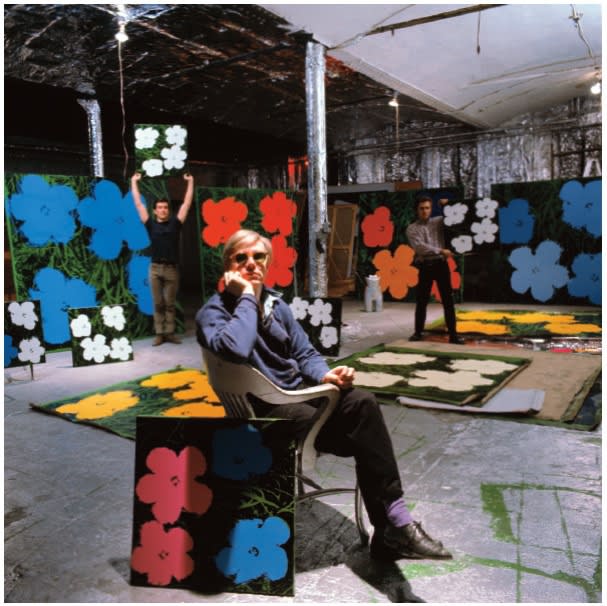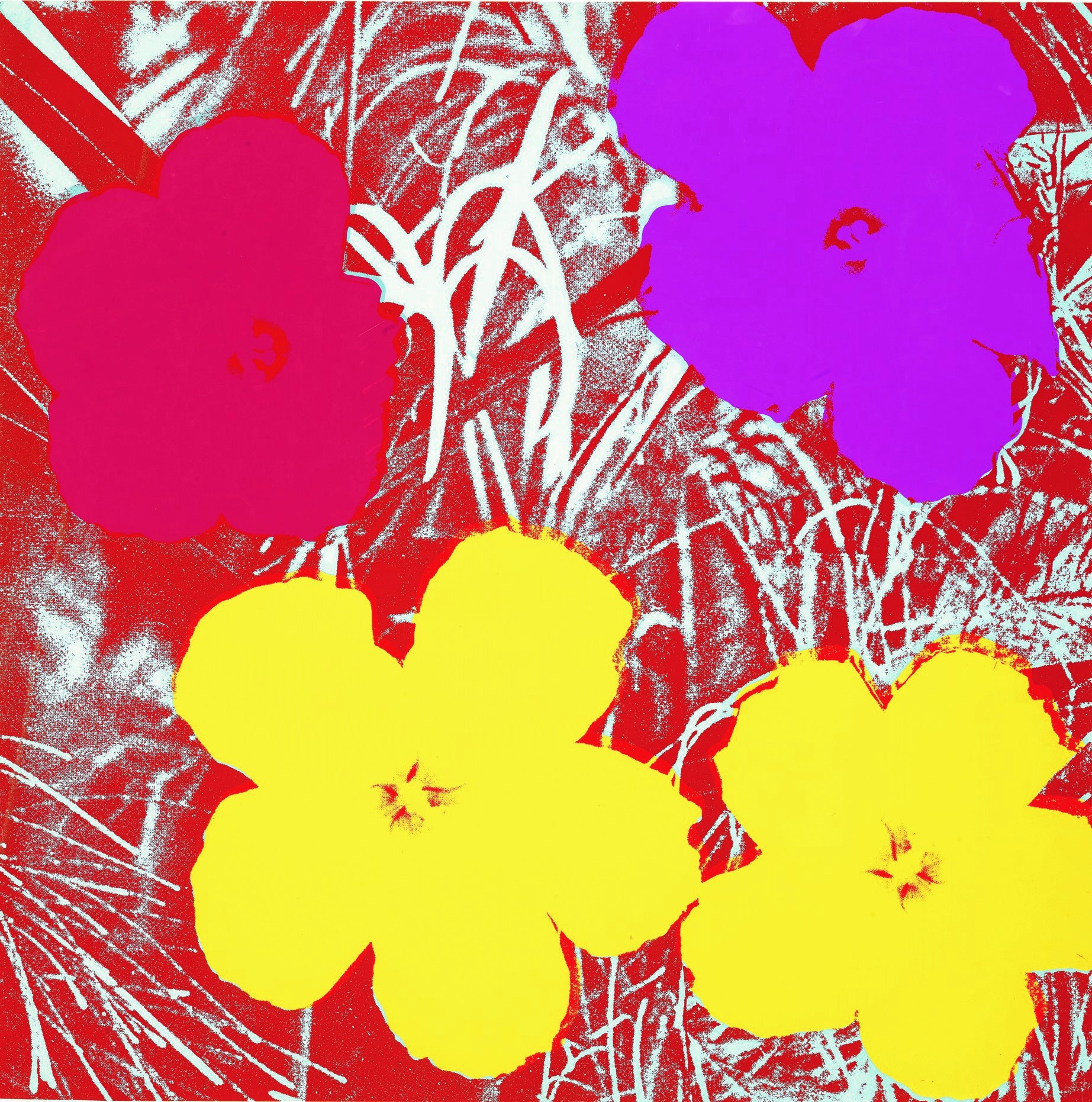
In the summer of 1964, Andy Warhol embarked on a creative journey that raised intriguing questions about his artistic direction. Known for his fixation on celebrity culture and consumerism, it was curious that Warhol would draw inspiration from the natural world for his upcoming project: the Flowers series.
The inception of this floral adventure can be traced back to a serendipitous encounter between Warhol and Henry Geldzahler, the curator of American art at the Metropolitan Museum of Art. Geldzahler presented Warhol with a copy of Modern Photography magazine, featuring a captivating photograph of hibiscus flowers by Patricia Caulfield. Warhol, ever the visionary, immediately set to work. He skilfully cropped the photograph into a square format, manipulating the flower's image to create four identical compositions within that square. And with that, the iconic Flowers series was born.
Warhol wasted no time making the Flowers series the centrepiece of his first exhibit at Leo Castelli's gallery in the fall of 1964. However, this newfound fascination with flowers didn't go unnoticed. Patricia Caulfield herself took legal action, alleging copyright infringement. In a bid to resolve the matter, Warhol extended an offer of prints from the series, which Caulfield declined. Eventually, they reached an out-of-court settlement.

Warhol with his assistants Philip Fagan (left), and poet Gerard Malanga (right). At the Factory, 231 East 47th Street, New York, 1964. ©Ugo Mulas Estate. All rights reserved. ©2012 Andy Warhol Foundation/Artists Rights Society (ARS), New York.
The Flowers series is replete with irony. Critics might have seen it as a stark departure from Warhol's typical celebrity and branding subjects, yet it was not as far removed from his artistic practice as it seemed. Warhol had never laid eyes on the actual flowers; instead, he discovered them in a magazine. He then subjected this organic image to the same print screen process he had applied to icons like Marilyn Monroe and Campbell's soup cans. Thus, the flower became another canvas for Warhol's quest to immortalize the seemingly mundane.
Unlike the enduring allure of superstars and commercial logos, flowers possess an ephemeral beauty, destined to fade. Through the Flowers series, Warhol attempted the impossible: to immortalize nature itself. Additionally, the silkscreen method, originally designed for commercial applications, stripped the flower of its individuality, further underscoring the irony of the series.
It's fascinating that Warhol, an artist renowned for mass-producing images of brands and logos, would face a copyright dispute over something as universal as a flower. After the case brought by Caulfield, Warhol predominantly relied on his own photography.
In 1970, Warhol introduced his Flowers portfolio, comprising ten prints with diverse compositions. These works from the 1964 series were unique in that they lacked a fixed upright format, allowing for versatile installations.

Andy Warhol Flowers (FS.II.71)
While the Flowers series may now appear as a natural part of Warhol's body of work, it marked a bold departure at the time. Prior to Flowers, Warhol had explored themes like death and disaster, notably with his Death and Disaster series. The series immediately preceding Flowers was the infamous 13 Most Wanted Men, featuring mug shots from the 1962 NYPD booklet. Commissioned for the New York Art Fair, this series faced censorship before being displayed. Two decades after the creation of Flowers, Warhol revisited the subject with his Daisy series.
Today, Warhol's Flowers series enjoys popularity at auctions, commanding million-dollar prices. In 2022, one of the largest Flowers editions (6.8 ft x 6.8 ft), an original showcased at the Leo Castelli Gallery in 1964, sold for an astounding £12.15 million at Christie's. This enduring fascination with flowers in Warhol's oeuvre continues to captivate art enthusiasts worldwide.
